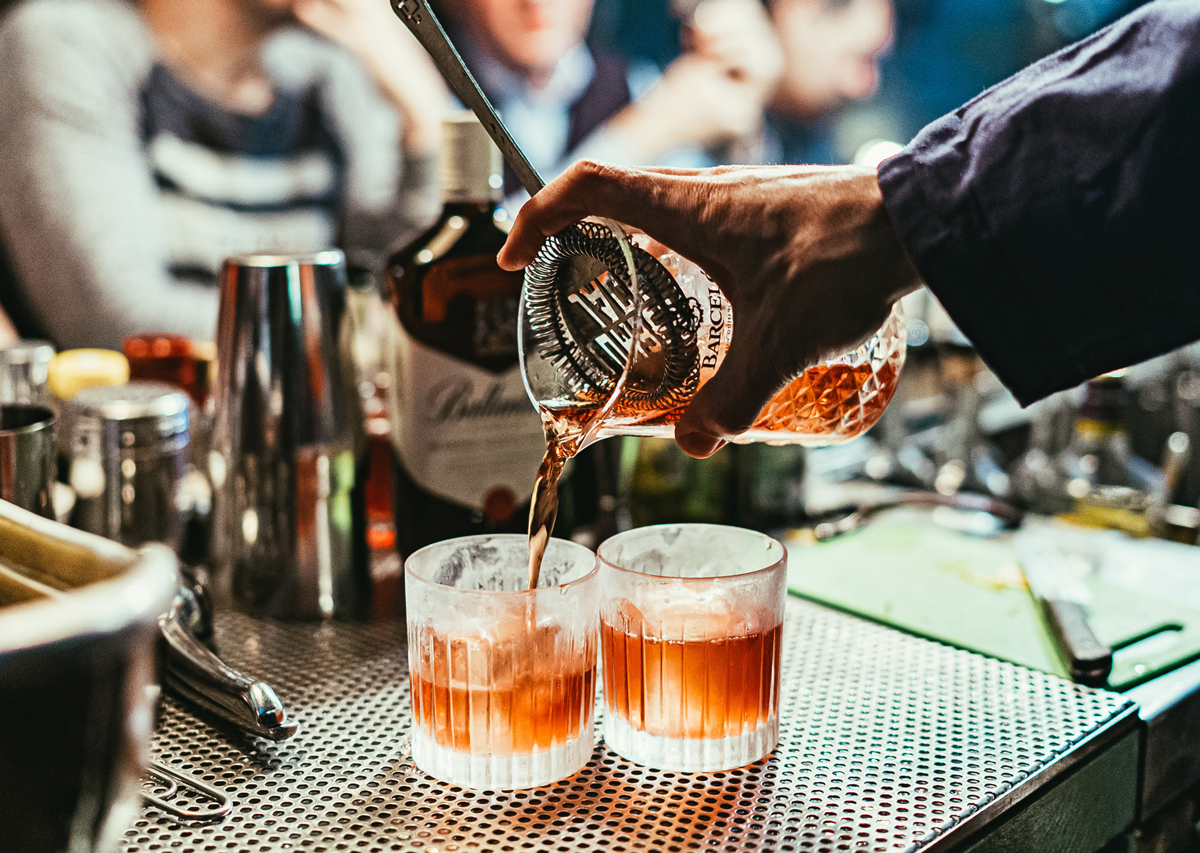 |
| : Individuals with a higher genetic risk of glaucoma are more likely to experience elevated IOP from frequent alcohol consumption. Photo: Stanislav Ivanitskiy on Unsplash. |
Editor’s Note: As part of our “Year in Review” retrospective, we’ve selected the top 30 news stories of the year and are re-sharing them as we close out 2023. Follow along as we count down to number 1!
This story was originally published July 10, 2023.
No. 27 biggest news story of 2023:
Drinking alcohol excessively has been linked to certain neurodegenerative diseases and an increased risk for high blood pressure. Given glaucoma’s connection with both of these adverse potential outcomes, researchers investigated whether regular alcohol consumption might be associated with intraocular pressure (IOP) and glaucoma, and whether such an association might be modified by a glaucoma polygenic risk score (a measure of disease risk that reflects known genetic variants present in the individual). Though they confirmed an association between alcohol and IOP modified by polygenic risk score in their recent IOVS paper, they didn’t report an association with glaucoma.
The researchers analyzed data from the Canadian Longitudinal Study on Aging Comprehensive Cohort, which included 30,097 adults between the ages of 45 and 85. Using an interviewer-administered questionnaire, they obtained information on alcohol consumption frequency (never, occasional, weekly or daily) and the type of alcohol consumed (wine, beer, liquor, other). Total alcohol intake was estimated. During the three-year study period, a total of 1,525 participants reported being diagnosed with glaucoma.
According to the findings, participants who drank alcohol daily had higher IOP (+0.45mm Hg) than those who never drank. The researchers also reported that increasing total weekly alcohol intake (per five drinks) was associated with higher IOP. This association was stronger in participants who had a higher genetic risk of glaucoma; however, alcohol consumption frequency and total alcohol intake weren’t associated with glaucoma.
“The acute effect of alcohol (within one to three hours) is to lower the IOP,” the researchers wrote in their paper. “However, long-term, detrimental effects of chronic alcohol consumption on IOP are biologically plausible.” They went on to explain that alcohol consumption can lead to dehydration, which in turn may increase blood viscosity and flow resistance, affecting IOP. Additionally, the cortisol released as a result of chronic drinking causes increased blood pressure, a known risk factor for elevated IOP. “Increased oxidative stress and DNA damage associated with chronic alcohol use may exacerbate and/or accelerate age-related changes of the trabecular meshwork,” they added.
But if alcohol consumption was associated with high IOP, why not with glaucoma? It may depend on the type of alcohol consumed. “Certain types of alcohol, like red and white wine and beer, contain varying concentrations of polyphenols including flavonoids, which may exert neuroprotective effects on the retina,” the researchers explained in their paper. They cited a randomized controlled study of glaucoma and ocular hypertension patients that reported statistically significant visual field maintenance or improvement with dietary flavonoids vs. placebo, though no effects on IOP. The researchers wrote that that study suggests that “any potential mechanism of action of flavonoids may be IOP-independent.”
The researchers concluded that alcohol use and certain alcohol types weren’t associated with glaucoma. However, given the association with elevated IOP, they wrote that “it’s possible that daily drinking may make it more difficult to achieve the target IOP with treatment.”
Grant A, Roy-Gagnon M, Bastasic J, et al. Alcohol consumption, genetic risk, and intraocular pressure and glaucoma: the Canadian Longitudinal Study on Aging. Invest Ophthalmol Vis Sci 2023;64:10:3. |

